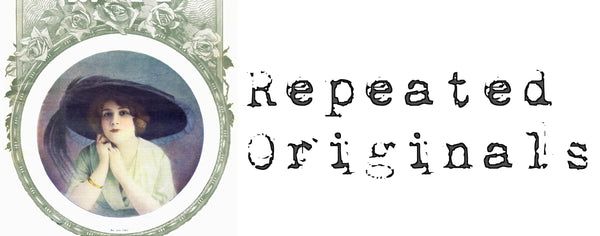1. The bodice parts are cut out, darts made and then shoulder and side seams are made.
A particular feature of this dress is that the back of the bodice is tucked in to the waistband and the front of the bodice (with faux waistcoat part) is over the top of the front of the skirt
It requires the back of the bodice outer fabric and lining be finished together and the front of the bodice will be bound in with the bias trim
The side seams are clipped at the bottom edge, and the back outer fabric and lining are folded inwards and handstitched together around the seam lines.
The inside seam allowances are finished against the lining (boning channels and boning can be placed against the darts if required)

2. The bias edge around the bottom and front edge of the front pieces of the bodice is added and finally the revers part of the jacket against the inside and the collar attached at the neckline
A white bias binding is then sewn around the edge of the front (from the waistline around the outer edge of the bodice and collar) The bow will eventually cover the ends of the bias at the waistline.

3. The waistcoat part is cut out (inside and outer part) sewn right sides together and then turned right side out, line where the jacket revers will fold over marked, and then stay stitched just beyond the revers line

4. I trimmed the top of the neckline with a lace ruffle (this should be done at a later stage)
The waistcoat part is attached to the jacket along the line of the revers and sewn against the jacket lining along the inmost edge and just inside of the turn of the revers

5. The two part sleeves are made, the cuffs are trimmed and added, and then a bias facing is used to cover the seam allowance and turned to the inside to cover the edge
The sleeve is then attached to the armhole and the seam allowance finished

(This is a toile and by no means is it an historically accurate construction. It can be used if you are experiencing difficulties with making your pattern)

